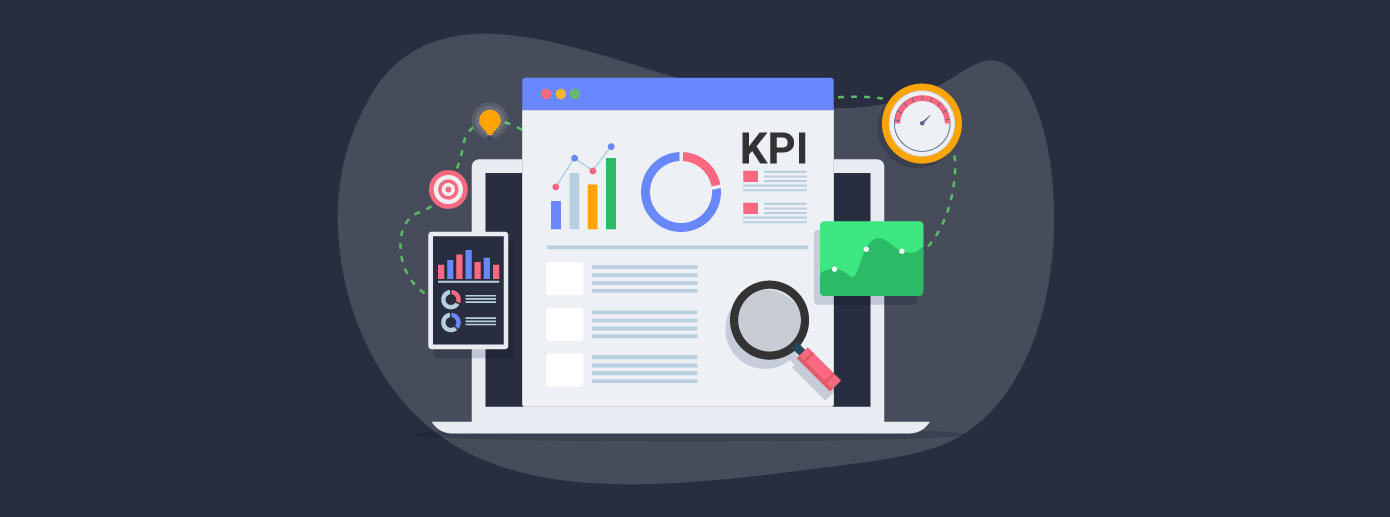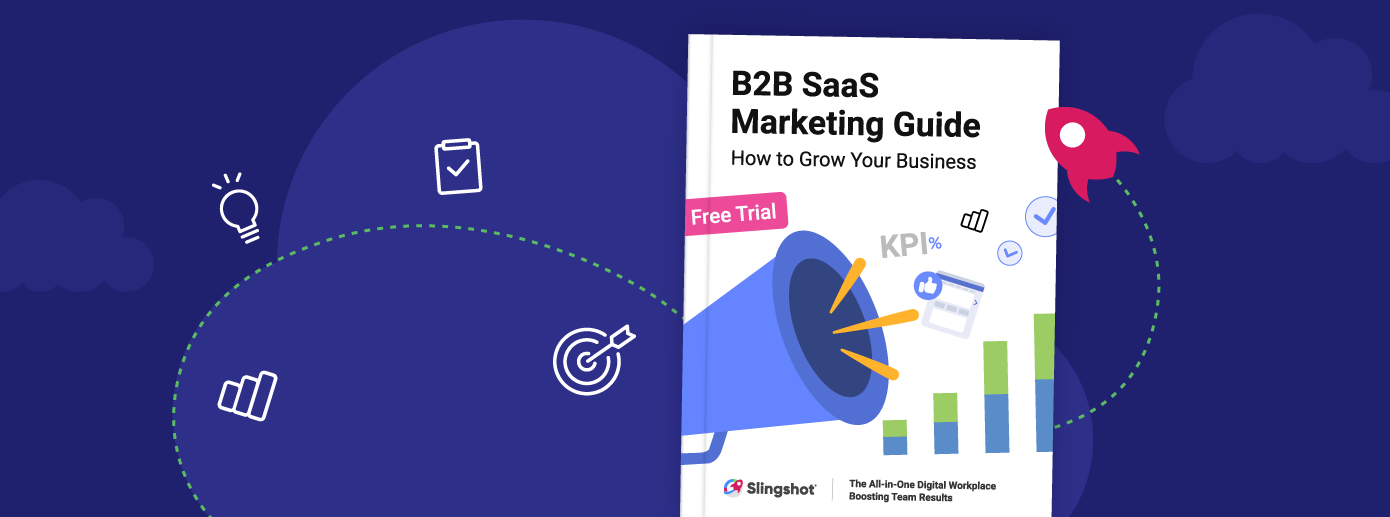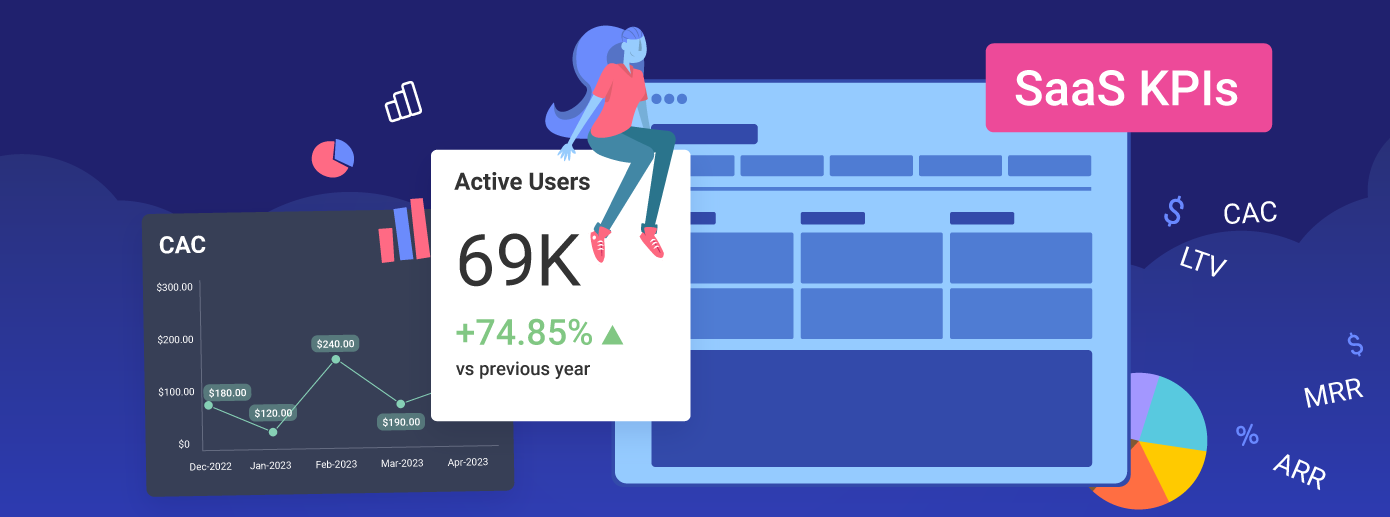
エグゼクティブサマリー:
ビジネスを成長させるには、SaaS 製品のデータ、洞察、影響を理解し、そして最も重要なことに顧客を理解することで、競合他社に先んじる必要があります。ここでは、SaaS 分析とは何なのか、そしてなぜそれを考慮する必要があるのか を説明します。
顧客の好みが急速に進化する今日のペースの速いビジネス環境では、組織は変化する需要に対応するために製品とサービスを常に改良する必要があります。
SaaS データ分析の力を活用し、直感的なダッシュボードを活用することで、企業は自社のサービスの改善すべき領域を正確に特定できます。これらの分析とダッシュボードにより、組織は顧客の行動、市場動向、業務効率について深い洞察を得ることができ、製品を強化し、プロセスを最適化し、対象ユーザーに優れたエクスペリエンスを提供できるようになります。
この記事では、SaaS 分析の目的と利点の理解から、SaaS ビジネス向けのデータ分析ソリューションの選択方法まで、SaaS 分析の世界を探っていきます。
SaaS アナリティクスとは何ですか?
Software-as-a-Service (SaaS) 分析とは、ソフトウェア アプリケーションを使用して、SaaS ビジネスと顧客に関する大量のデータを収集、処理、分析することを指します。この分析プロセスにより、SaaS 企業はユーザーの行動全体を徹底的に分析し、顧客エンゲージメントを強化し、最終的には経常収益源を増やすことができます。
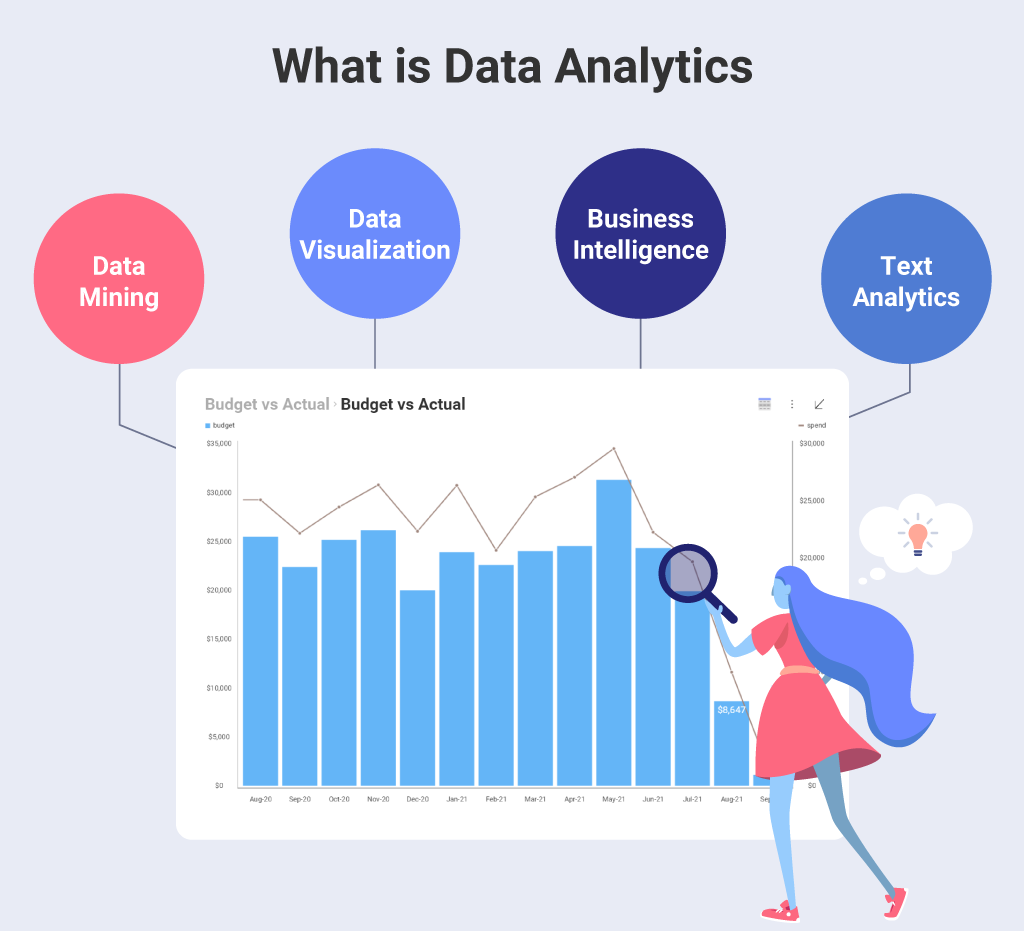
SaaS 分析が必要な理由?
ビジネスを成長させるには、SaaS 製品のデータ、洞察、影響を理解し、そして最も重要なことに顧客を理解することで、競合他社に先んじる必要があります。 SaaS 分析が必要な主な理由は次のとおりです。
- 洞察を明らかにする:ダッシュボードなどの SaaS データ分析ツールや予測分析などの手法を使用すると、企業はパターン、傾向、相関関係を明らかにし、顧客の行動、市場動向、業務効率について有意義な洞察を得ることができます。これらの洞察により、情報に基づいた意思決定が可能になり、SaaS ビジネスが戦略的な調整を行い、成長の機会を特定し、パフォーマンスを最適化できるようになります。
- サービスの強化:顧客からのフィードバック、エンゲージメント指標、市場動向を分析することで、SaaS ビジネスは顧客のニーズや好みを深く理解できます。この知識により、進化する需要に効果的に対応できるように製品やサービスを調整し、顧客の満足度とロイヤルティを確保することができます。
- 競争力の獲得: SaaS 分析の力を活用する SaaS ビジネスは、市場での地位、競合他社、新たなトレンドをより深く理解できます。インタラクティブを通じて視覚化されたこれらの洞察にアクセスすることで、SaaS 組織は独自のセールス ポイントを特定し、競合他社との差別化を図り、市場で優れたパフォーマンスを発揮するための効果的な戦略を開発できます。
- データ駆動型の意思決定: SaaS 分析とユーザーフレンドリーを組み合わせることで、信頼性の高いリアルタイムのデータ洞察を提供することで、証拠に基づいた意思決定が可能になります。データ主導の意思決定に依存することで、SaaS ビジネスは不確実性を最小限に抑え、パフォーマンスを評価し、リソース割り当てを最適化し、成長機会を特定し、運用効率を向上させることができます。
歴史を通じて、データ分析は一貫してさまざまなセクターや規模の SaaS ビジネスに競争力をもたらし、SaaS ビジネスがデータ主導型企業になるのを支援してきました。そして、データドリブンな企業になることは否定できないニーズです。データ分析ツールとテクノロジーは、SaaS 企業やテクノロジー企業が製品開発、顧客の獲得と維持、業務効率化において成功するのに役立ちます。データの使用は、組織にデータ主導の文化を生み出すだけでなく、急速に進化するビジネスの世界での成長も促進します。
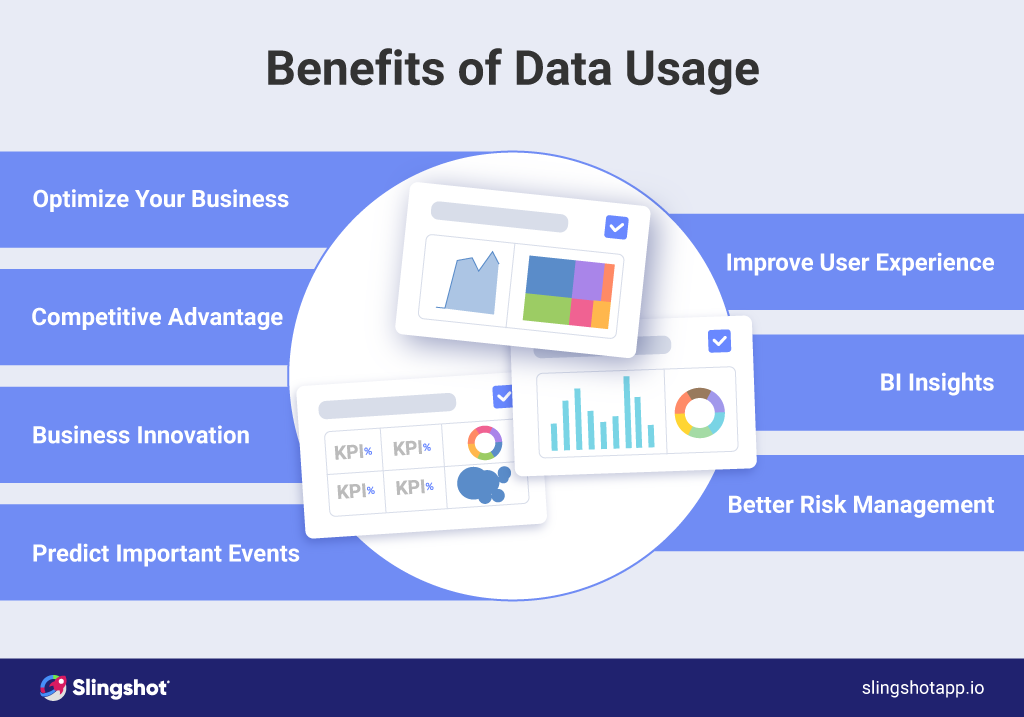
SaaS についてどのような指標を追跡する必要がありますか?
SaaS ビジネスのパフォーマンスと拡大に関する洞察を得るには、適切な主要業績評価指標 (KPI) を監視および追跡することが重要です。顧客の行動やビジネスの健全性をより深く理解するために、顧客から収集するデータ ポイントは無限にあります。SaaS ダッシュボードに含める指標の選択は、独自のビジネス目標によって異なります。それでもなお、顧客や SaaS 製品のパフォーマンスに関する貴重な洞察を得て、ビジネスを強化するための情報に基づいた意思決定を行うために、追跡および監視する必要がある上位 10 の SaaS KPIと指標を以下に示します。
- 製品のサインアップ:無料トライアルのサインアップを含む、SaaS 製品を使用するためにサインアップしたユーザーのうち、有料顧客になる可能性のある人数を追跡します。
- アクティブ ユーザー:この SaaS 分析 KPI は、製品またはサービスに関与しているユニーク ユーザーの数を長期にわたって測定します。これは、製品のリーチを理解し、ユーザー エンゲージメントの機会を特定するのに役立ちます。
- 月次経常収益:この KPI は、SaaS 製品によって毎月生み出される総収益を示します。
- チャーンレート:一定期間内にサブスクリプションをキャンセルしたり、製品やサービスの使用を停止した顧客の割合を測定します。解約率をできるだけ低く抑えたいので、この点には細心の注意を払う必要があります。
- 純ドル保持率: NDR (純ドル保持率) は、既存顧客から保持された収益から解約による損失収益を差し引いたものを測定する SaaS KPI です。
- 顧客獲得コスト:この SaaS KPI は、企業が新規顧客の獲得に費やす金額を測定します。マーケティングや販売活動の効率を理解するのに役立ちます。
- 顧客生涯価値: 1 人の顧客から生涯にわたって生み出されることが期待できる収益の総額を測定します。これは、ビジネスの長期的な収益性を理解するのに役立ちます。
- 自然成長率: NRG (自然成長率) SaaS KPI は、本質的な成長の可能性を理解するための外部要因なしでビジネスの成長率を測定します。
- 収益チャーン:この SaaS KPI は、チャーンによって失われた収益を測定し、顧客チャーンがビジネスに与える財務的影響を理解するのに役立ちます。
- 現金:特定の時点でビジネスが保有している現金の量を測定します。
SaaS データ分析: 何を探すべきですか?
SaaS 分析の重要性を認識したら、次のステップは、KPI と指標を効果的に監視および追跡するための最適な手段を決定することです。これは、データへのシームレスな接続を促進するデータ分析ツールまたは BI (ビジネス インテリジェンス) ソリューションを利用することで実現できます。
これらのツールを活用すると、貴重な洞察を抽出し、包括的な分析を実行し、自由に使える豊富なデータに基づいて情報に基づいた意思決定を行うことができます。
ビジネス ニーズに合った SaaS データ分析ソリューションを探し始めるときは、選択する前にさまざまなベンダーの機能を比較する必要があります。探す必要がある重要事項のリストは次のとおりです。
- データ統合: SaaS データ分析ソリューションは、SaaS ビジネスで使用されるデータベース、クラウド プラットフォーム、サードパーティ アプリケーションなどのさまざまなデータ ソースと統合できる必要があります。また、これらのソースからデータを抽出、変換、ロードして、統合された包括的なデータ リポジトリを作成できる必要もあります。
- カスタマイズ可能なダッシュボードとレポート: SaaS ビジネス向けに提携することに決めたソリューションは、ユーザーが自分のビジネスに固有の KPI を視覚化および監視できるカスタマイズ可能なダッシュボードとレポートを提供する必要があります。また、カスタマイズ機能とは別に、ダッシュボードとレポートは対話型である必要があり、ドリルダウン機能、フィルタリング オプションを提供し、個々のユーザーの要件に合わせたアドホック レポートを作成できます。
- 高度な分析機能:ソリューションは、データ モデリング、ダッシュボードのリンク、機械学習、予測、注釈などの高度な分析機能を提供する必要があります。これらの分析機能により、SaaS ビジネス ユーザーはデータからより深い洞察を取得し、データに基づいた意思決定を行うことができます。
- コラボレーション機能:コラボレーション機能を使用すると、ユーザーはレポートやダッシュボードを他のビジネス ユーザーや関係者と共有し、見ているデータのコンテキストでパフォーマンス、KPI、およびアクションについて話し合うことができます。
- モバイル サポート:今日のモバイル主導の世界では、ネイティブ モバイル アプリを提供する SaaS データ分析ソリューションを選択することが重要です。これにより、ユーザーはモバイル デバイス上でデータ、ダッシュボード、レポートにアクセスして操作できるようになり、柔軟性と外出先から洞察へのアクセスが確保されます。
- データ ガバナンスとセキュリティ:セキュリティに関して言えば、データ暗号化、アクセス制御、業界標準や規制への準拠などの機能を含む SaaS データ分析ソリューションを優先する必要があります。
- スケーラビリティ:データ分析ソリューションは、増大するデータ量とユーザーの需要に対応できる必要があります。
どの SaaS データ分析ツールを使用するかを決定できるように、特定のビジネス ニーズに対応するソリューションを 4 つのカテゴリに分類しました。 SaaS の要件に合致する特定のカテゴリに焦点を当てることで、ニーズに最適に対応するデータ分析ソリューションを優先し、チームがデータ駆動型の洞察を効果的に活用できるようにすることができます。
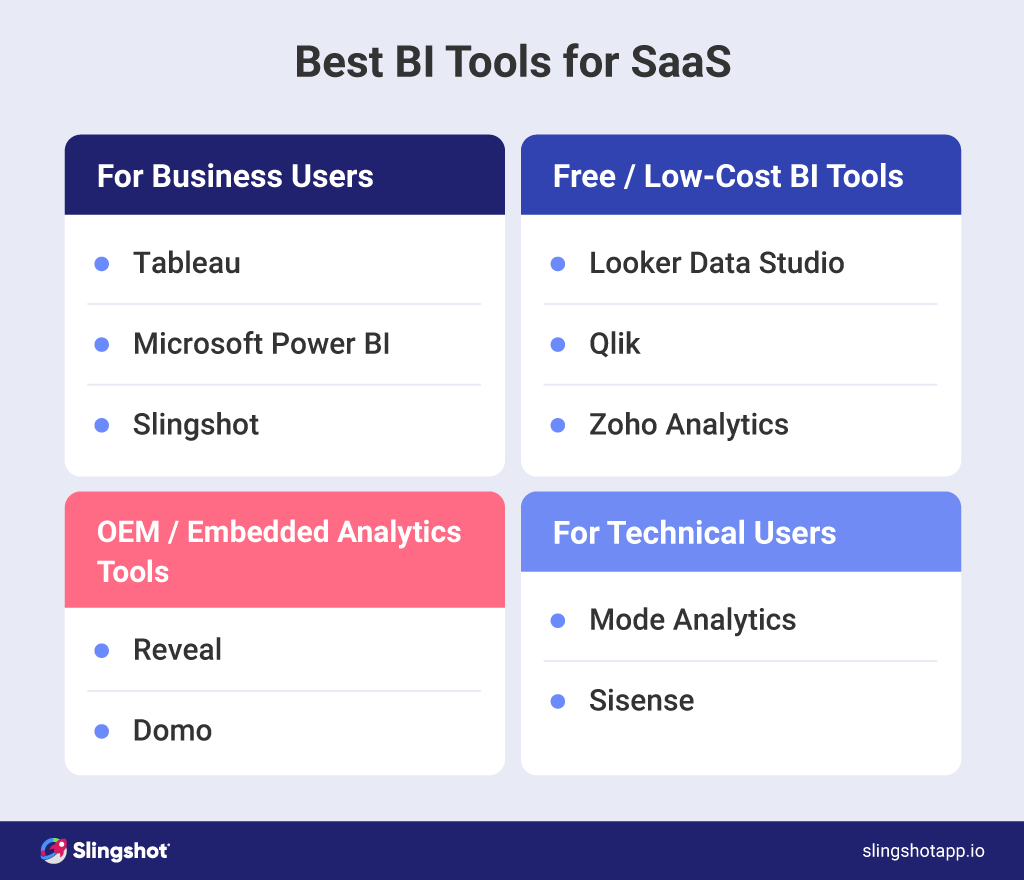
ビジネス ユーザー向けの Saa データ分析:これらのツールは直感的でユーザー フレンドリーなインターフェイスを優先しており、SaaS ビジネス ユーザーにとって理想的です。これらはセルフサービス分析機能を提供し、専門知識レベルに関係なく、すべてのチーム メンバーがデータを操作できるようにします。
例: Tableau、Slingshot、Microsoft BI
低コスト/無料の SaaS データ分析:このカテゴリでは、予算に優しいデータ分析ソリューションが見つかり、多くの場合、無料トライアル オプションが提供されます。これらのツールを使用すると、SaaS ビジネスは金融投資を行う前にその特徴や機能を調査できます。
例: Qlik、Zoho Analytics
組み込み型 SaaS 分析:データの洞察を得るためにユーザーが別のアプリケーションに切り替える必要がある従来の BI ツールとは異なり、組み込み型分析ツールは既存のワークフロー アプリケーション内にシームレスに統合されます。この統合により、ユーザーはプライマリ アプリケーション内でデータの視覚化やダッシュボードに直接アクセスできるようになり、コンテキストと利便性が提供されます。
例: Reveal、Domo
技術ユーザー向けの SaaS データ分析:これらのデータ分析ソリューションは技術ユーザーに対応し、通常のビジネス ユーザーが効率的に操作して利用するのが難しい高度な機能を提供します。より急峻な学習曲線が必要になる場合がありますが、技術ユーザーはこれらのツールを活用して、データ分析と探索をさらに深く掘り下げることができます。
例: Sisense、モード分析
* ビジネス・ユーザー・フレンドリーで低価格のSaaSデータ分析ソリューションをお探しなら、Slingshotをご覧ください。私たちは偏見を持っているかもしれませんが(結局のところ、私たちの製品について話しているのですから)、Slingshot、使いやすいインターフェイスと生産性ツールのセットを提供しています。Slingshot、SaaSビジネスを迅速に成長させ、収益目標を早期に達成することができます。
Slingshot SaaS ビジネスに最適なデータ分析ツールである理由
データを中心としたデジタル ワークプレイスとして、Slingshot、SaaS 企業が KPI を監視し、データを分析し、より情報に基づいた意思決定を行うための理想的なデータ分析ソリューションとなり得る理由をいくつか示しています。
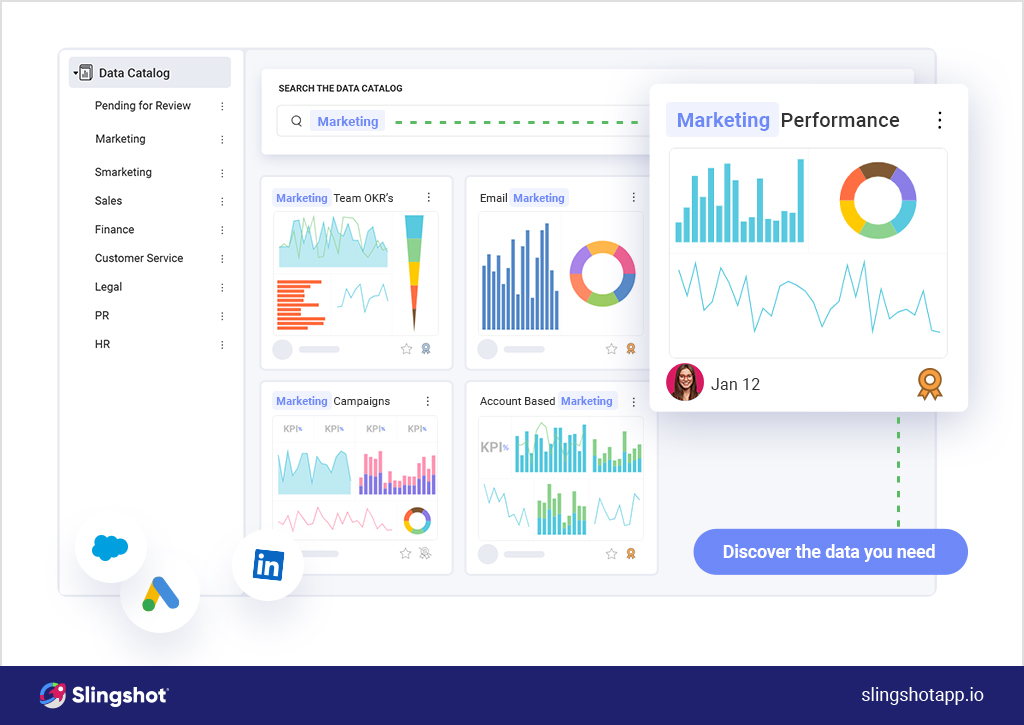
- 複数のデータソースとの統合: Slingshot、既存の運用システム、SaaSプラットフォーム、データベース、スプレッドシート、クラウドサービス、APIとシームレスに統合します。また、Azure Machine Learning Studio との完全な統合も提供されているため、データ ソースの選択、包括的な視覚化の構築、トレーニング済みの機械学習モデルへの接続を行うことができます。さらに、SlingshotはGoogle BigQueryをサポートしているため、高度な分析機能を備えた大規模なデータセットの処理速度を確保します。
- 洞察に満ちたダッシュボードと視覚化の作成: Slingshotは、データの操作と洞察に満ちたダッシュボードの作成プロセスを合理化し、あらゆるスキル レベルのユーザーに対応します。その直感的なインターフェイスにより、技術者でないユーザーでも、関連するデータフィールドを簡単に選択し、それらを別々のセクションにドラッグアンドドロップして、視覚的に魅力的なデータ視覚化を即座に構築できます。この機能は、データをコンテキストで表示し、SaaSのKPIとメトリックをリアルタイムで監視し、それに応じて十分な情報に基づいた意思決定を行うことができるため、SaaSビジネスにとって特に価値があります。
- コラボレーションとデータに基づく行動: Slingshotでは、すべての KPI、メトリクス、ダッシュボードを、コラボレーションが行われる一元的な場所に保管します。ユーザーは、ダッシュボードをチーム メンバー、利害関係者、および外部の個人と共有できます。また、ユーザーはダッシュボード内のインサイトから、プライベートチャット、ディスカッション、タスクに簡単に移行できます。Slingshotのコラボレーション機能は、SaaSビジネスにとって特に有益であり、マーケティング、セールス、カスタマーサポートなどのさまざまなチームが、データアクセス権を管理しながら、それぞれの役割に関連する特定のKPIにアクセスできるようにします。
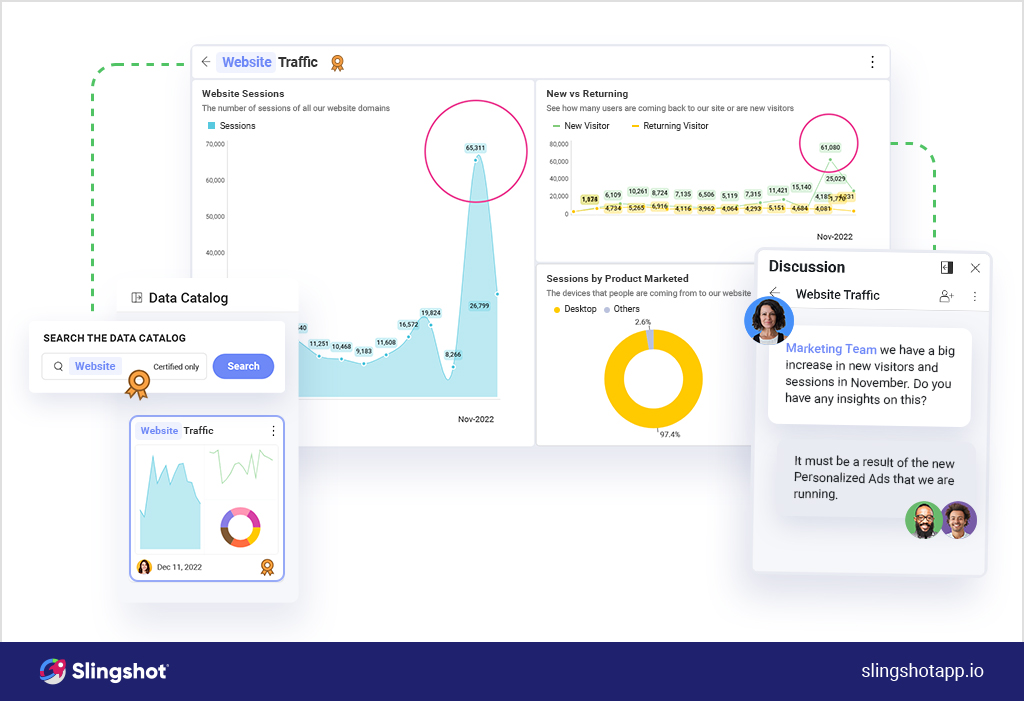
- データ カタログ:組織のすべてのデータを分類して保管し、すぐにビジネス上の質問に対する答えを得ることができる一元的な場所を提供することでサイロを排除します。 Slingshot のデータ カタログでは、データがきちんと整理され、インデックスが付けられ、すぐに使用できる状態に保たれるため、ビジネス ユーザーはデータを迅速かつ簡単に分析し、それに基づいて行動することができます。
- 価格: Slingshotは、規模、プロジェクトの種類、目標、目的に関係なく、あらゆる SaaS チームに適合するように設計された 3 つのプランを提供しています。このソフトウェアは小規模なチームには無料で、有料版ではユーザーあたり12ドルからで、より多くの機能と無制限のオプションが提供されます。
もう1分も無駄にしないで、今日からSlingshotから始めてください。無料です!
SaaS ビジネスの中心にデータを導入し、それがどのように記録的な速さで成長を促進するかを確認してください。
関連記事
AIの意思決定でビジネスを10倍に成長させる準備はできていますか?
Slingshotの無料デモをリクエストするこの記事を共有する




 ブログに戻る
ブログに戻る